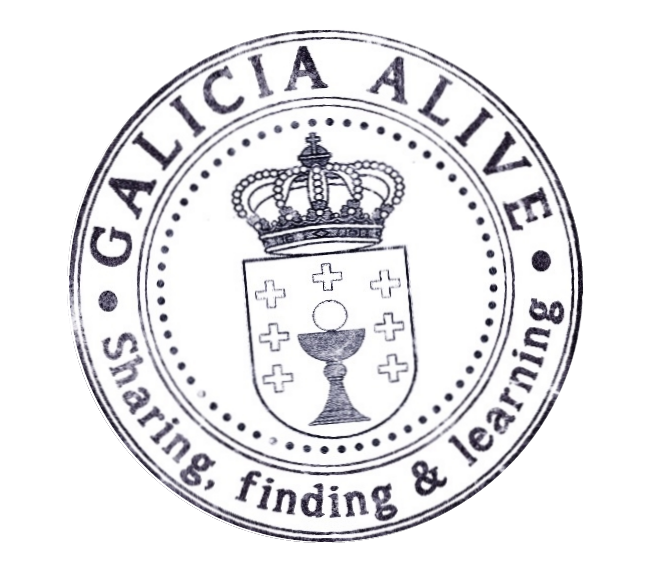In this second part of this post about “o aire” we explain the different ways to get “o aire” and where it comes from. As always, you can see the references of our research and collaborate with us to increase the information or correct what you think is incorrect.
The sections into which we divide the article are:
WHAT IS “O AIRE”?
WHERE IS “O AIRE” GOT?
WHAT IS THE ORIGIN OF “O AIRE” BELIEF?
HOW TO PREVENT CATCHING “O AIRE”?
HOW IS “O AIRE” CURED?
MAP OF “O AIRE”
“O AIRE” AND HOW TO REMOVE “O AIRE” (FULL ARTICLE)
So we got to know “o aire” without further ado in this post.
WHERE IS “O AIRE” GOT?
Just for you to remember, the literally translation of “o aire” is “the air”, but it can be understood sometimes as “the spirit”. When it is said that someone has “o aire“, it can be referred to a sickness from different origins. “O aire” can come from females in rutting season, from woman that has given birth recently or with menstruation, from dead animals or from a deceased. We extend a little more for each of these origins of ar das meigas (witches’ air) or mal cativo (small evil), as it is also known.
“O aire” of female animals in rutting season
This type of “o aire” is mainly taken by children and the sick when they are close to the females of any animal when during the mating period. It may be, for example, during the January of the cats.
“O aire” of woman just giving birth or menstruating
“O aire” would affect people with some condition and young boys when they are near a woman who is in the menstrual period or during the puerperium, which is the period that body needs to recover from pregnancy. Postpartum is also included in the puerperium period.
“O aire” of a dead animal
“O aire” of animals can be got by being close to the dead body of an animal.
“O aire” of deceased
“O aire” of the deceased is the most dangerous of all. When a person goes to a funeral or a vigil of a deceased, this person can come with “o aire” of the dead. As if it were a virus, it is possible that “o aire” does not affect it directly but it can be a vector for someone else. It is mainly transmitted to any child, or sick person. It could even be the case that the child himself, or an older patient, had gone to the house of the deceased (funeral or vigil), and passed it in that environment.
It is also thought that the aire of the dead may be a revenge of the dead person or the fear of the dead to face the way to the other world.
YOUR COLLABORATION
If there is any extra and documented information you can give us, it will be welcome. Also, if you have information that doesn’t match what we have here, let us know. We try to have accurate information and so we always leave our references.
HELP US KEEP WRITING
To increase the quality of our posts we need more time. You can help us by buying at Patreon:
https://www.patreon.com/c/GaliciaAlive
REFERENCES
Blogs, Magazines and Newspapers
El Correo Gallego: Nemiña atrae surfistas de toda Europa
25 aniversario do IES Praia de Barraña
Thirthe: Transparencia
Suso de Basilio – Dende Corme ao mundo: Aqueles tempo de quitar o aire
O Roque de Cerponzóns: Día de Santos
Historia de Galicia: Buscando á Raiña Lupa no Sagrado Monte Pindo
Tralas pegadas da vella: Na procura da Raíña Lupa no sagrado Monte Pindo
The Muros Times – Como sacar el aire
Contribución al Diccionario Gallego – Aníbal Otero Álvarez
Correo del Camino: Testimonios de peregrinos
Celtíbera: O aire do difunto
Galicia encantada: Os curandeiros
Artists
Rockisome: Entrevista a Terbutalina
Youtube: Terbutalina – Broncodilatador – Peneira
PDFs for downloading
El poder de la palabra y la fe en la curación dentro del contexto cultural gallego
Concello de Cabana: O Santuario do Briño
Fichas de Investigación Etnográfica e de Restos Históricos
Cadernos de Fraseoloxía Galega 18
Hacia el encuentro de mi anthropos: la muerte, dinamo estructural de la vida
Centro Ramón Piñeiro para a Investigación en Humanidades: Fraseoloxía e paremioloxía de Sebil
Memoria Educación Secundaria (2002-2003)
Asociación de Escritores Galegos en Lingua Galega: Remedios, prácticas e ritos curativos da medicina popular tradicional
UN MEIGHALLO – Ana Fernández Fernández
Routes
Correo del camino: Testimonios peregrinos
Geocaching: Camino Sacramental
Senda das estrelas: Etapa Recomendado. DÍA 5: Muros-Outes
Concello de Negreira: Guía Turística de Negreira
Documentals and interviews
Comenius Regio: Quitar o aire
Documental Terra de Meigas (Non tivemos oportunidade de velo)
Others
Traballos antropoloxía 2008-2009
Os curandeiros. Medicina Popular en Galicia, Cad Aten Primaria Ano 2010 Volume 17 (Páx. 144-149)

